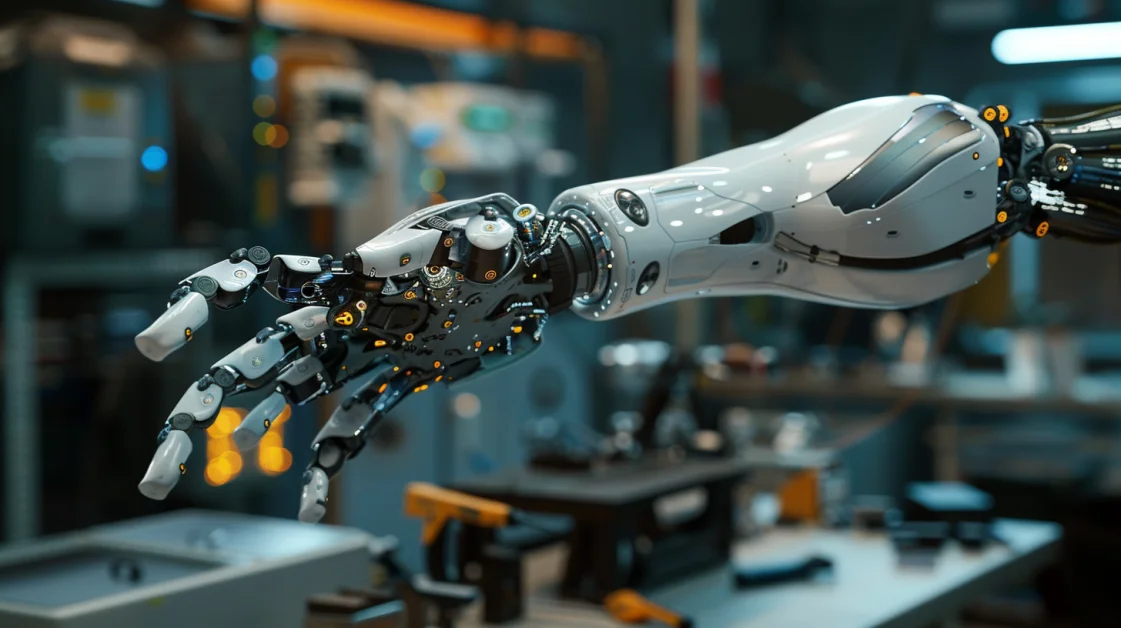Trends in IT Skills Demand and its Implications in the Indian IT Industry
As the IT industry in India is growing day by day the IT skills demand is changing very rapidly and new areas are emerging such as analytics, Cyber security and Dev ops. According to the latest Quess Corp report, titled ‘IT Staffing Quarterly Digital Skills Report Q2FY25’ these fields are at the forefront of this hiring boom across sectors, due to increasing demand for technological solutions and better business operations.
Cybersecurity: A Critical Priority
Due to increased internet crimes and enactment of better data privacy laws, the issue of IT hiring has the focus on security. There has been a 58% rise in the IT skills demand for the current quarter in this domain due to growing CASBs, DLP tools, and SIEM systems. Industries such as BFSI, telecom and retail are the leaders here considering the protection of the customer data and meeting the governmental requirements. As companies are investing more and more into their cybersecurity, it can be stated that specialists with knowledge of these new technologies will be in great demand.
DevOps: The concept of Building the Bridge Between Development and Operations
DevOps or the integration of development and operations is gradually emerging as a fundamental practice of IT transformation. Due to the optimization of organizations’ digital transformation initiatives, the need for IT professionals in the DevOps field has increased by 25%. These best practices like CI/CD and IaC are already gaining momentum across sectors including BFSI, due to their need for effective functioning. DevOps are highly relevant for complex and dynamic businesses that need to develop high-quality digital environments quickly.
Analytics and AI/ML: The Data-Driven Future
Big Data, Analytics & AI/ML remains a key driver of IT skills demand in India. The demand for experts in data analysis, machine learning, and artificial intelligence has risen by 30% because companies use these technologies more often to obtain valuable information and improve their performance. Healthcare, fintech, and telecommunication industries are more oriented to AI/ML to improve services that include using AI/ML to predict patient health status in healthcare, streamlining financial operations in fintech. Java is still a popular programming language in this field, and it fosters various AI projects, among which are EHR creation in the healthcare industry.
Refresher and Fresh Skills Enhancement Programs
This changing IT skills demand is being driven by the reskilling and upskilling exercise that is being undertaken by the workforce in India’s IT industry. The Global Capability Centres (GCCs) have been established in recent years and more than fifteen thousand technology professionals have been deployed across India. This emphasis is critical in order to meet the changes in the pace of development of new technologies, such as quantum computing, generative AI, and cloud computing. These steps are helping to narrow the gap between conventional competencies and the emerging expectations of a world in which digital is the new normal.
Regional Hiring Trends
The survey also reveals that Bengaluru remains as the leading location for IT hiring in the country with the demand constituting 43.5 percent. Hyderabad and Pune have also shown an impressive rise in the IT skills demand of professionals, which indicates the localization of the best talent in those cities. Due to the growth in business operations and the building up of information technology platforms, these cities are expected to continue to offer a home to IT professionals.
Looking Ahead: The Future of IT Skills
The change in demand for IT skills demand also shows that analytics, cybersecurity, and DevOps will continue to dominate the hiring market in India. This paper established that professionals who constantly update their knowledge in these domains will be at a vantage point in the ever evolving IT market. More and more innovations are affecting the business world and organizations will have to develop their human capital to meet the changing world market.
Therefore, the IT skills demand gap in India is also evolving wherein specializations like cybersecurity, DevOps and AI/ML are driving the general trend. This way both the professionals and the organizations can work in the direction of making them stand out in the competitive market of IT sector.
source:: msn.com


















